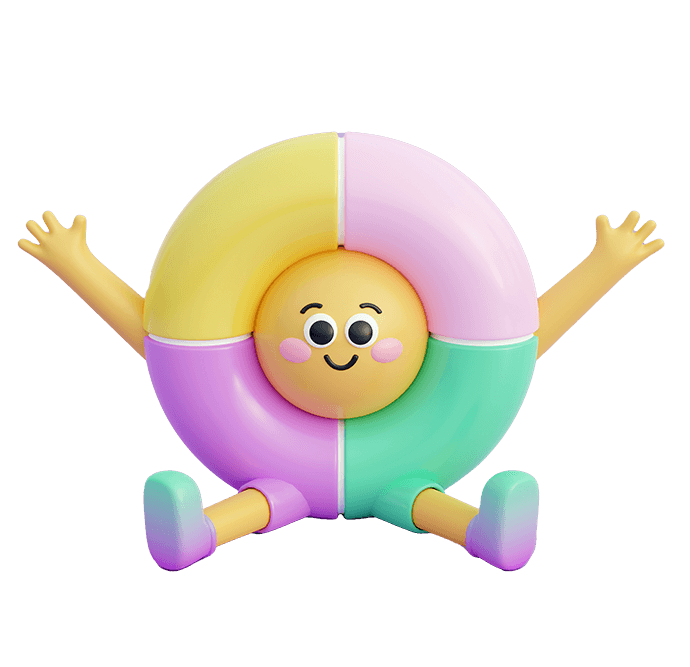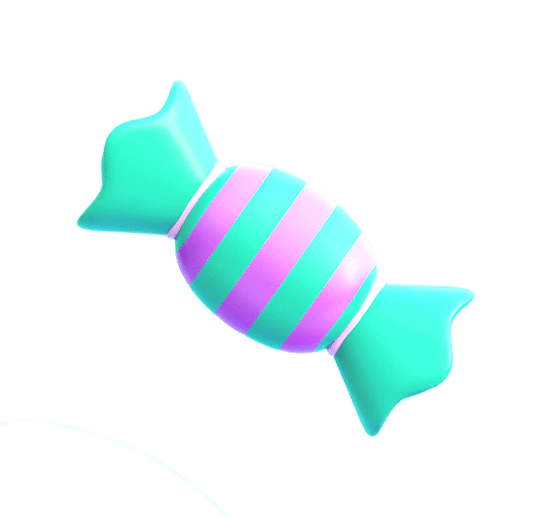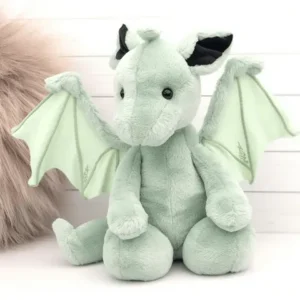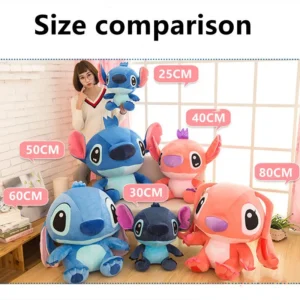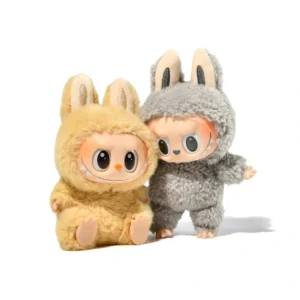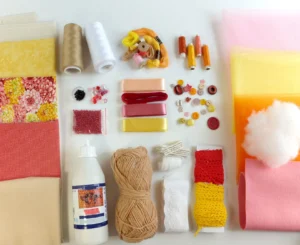Weighted stuffed animals serve a special purpose beyond being soft toys. Designed to provide gentle, comforting pressure, they help users relax, reduce anxiety, and improve focus, making them valuable therapeutic tools for children and adults alike.
Weighted stuffed animals offer deep pressure therapy by evenly distributing weight across the body. This calming sensation helps ease anxiety, support sensory processing, and improve sleep quality. Understanding their purpose, design, and safe use is essential for brands aiming to serve wellness-conscious markets effectively.
Let’s delve into the therapeutic value and design details of weighted stuffed animals.
1.What is the purpose and therapeutic benefit of weighted stuffed animals?
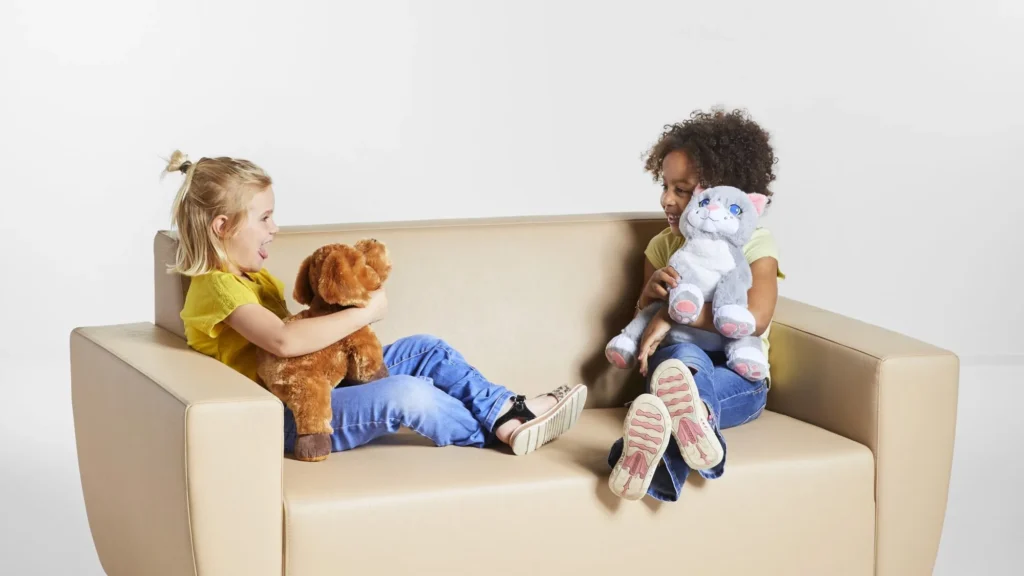
Weighted stuffed animals are designed to provide deep pressure stimulation (DPS), a gentle, calming pressure similar to a firm hug or swaddle. DPS triggers the body’s natural relaxation response by increasing serotonin and melatonin levels while lowering cortisol, the stress hormone.
This calming effect helps reduce anxiety, alleviate sensory overload, and improve sleep quality. Weighted stuffed animals are frequently used by children with autism, ADHD, sensory processing disorders, and by adults seeking stress relief or improved focus.
Deep pressure therapy has been scientifically proven to ease nervous system excitability. For example, research shows that individuals using weighted blankets or toys experience lower heart rates and improved emotional regulation. Weighted stuffed animals offer similar benefits in a more comforting and portable form.
| Benefit | Description | Typical Users |
|---|---|---|
| Anxiety Relief | Calms nervous system, reduces stress and worry | Children, adults with anxiety |
| Sensory Integration | Helps regulate sensory input and reduce overload | Autism spectrum, ADHD patients |
| Sleep Support | Encourages relaxation and deeper sleep | Individuals with insomnia |
| Emotional Comfort | Provides a secure, comforting tactile experience | All ages |
Incorporating weighted stuffed animals into therapeutic or home routines supports mental wellness and sensory needs, making them highly valued by caregivers and health professionals.
2.How do weighted stuffed animals differ from traditional plush toys in design?

Unlike traditional plush toys, weighted stuffed animals integrate specialized weighted inserts that provide calming pressure. These weights are carefully sewn into compartments to ensure safe, even distribution without compromising softness.
Their design focuses on balancing weight with comfort. Reinforced seams and durable fabrics prevent leaks and withstand frequent use. Unlike regular plush toys, they require thoughtful construction to maintain therapeutic benefits while ensuring safety and washability.
Weighted stuffed animals typically contain glass beads or plastic pellets that range from one to five pounds, distributed evenly in the body, limbs, or head. This contrasts with traditional toys filled mainly with polyester fiberfill for softness.
The outer fabric is often made from soft, breathable materials such as minky or velboa, chosen for comfort and hypoallergenic properties. These fabrics are paired with washable or removable weighted inserts to facilitate cleaning.
| Design Aspect | Weighted Stuffed Animals | Traditional Plush Toys |
|---|---|---|
| Weight | Glass beads/plastic pellets in compartments | Polyester fiberfill only |
| Seams | Reinforced for durability and safety | Standard stitching |
| Pressure Effect | Provides deep pressure therapy | No pressure effect |
| Fabric | Soft, breathable, washable | Soft, breathable |
| Use | Therapeutic and sensory support | Play and comfort |
These design considerations ensure weighted stuffed animals meet specific therapeutic needs without sacrificing the plush feel users expect.
3.What materials and weights are commonly used in weighted stuffed animals?
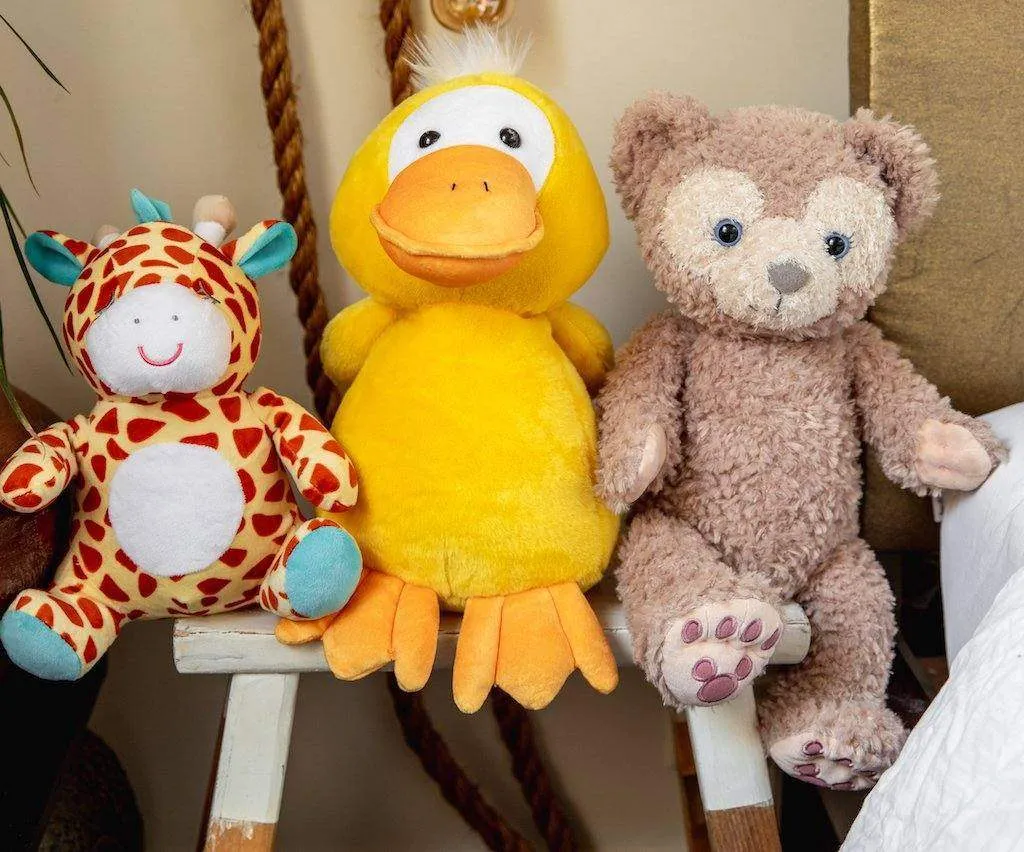
Materials and weighted fillers are carefully selected to balance comfort, safety, and therapeutic effectiveness.
Soft, hypoallergenic fabrics like plush minky and velboa are common choices for the exterior. Weight materials include smooth glass beads or durable plastic pellets, with typical weights ranging from 1 to 5 pounds, depending on the size and intended user.
Glass beads offer a denser, smoother feel but require extra care to secure and protect seams. Plastic pellets are lighter and more impact-resistant, making them safer for children and frequent use.
To maintain hygiene, many weighted stuffed animals feature removable weighted inserts encased in washable fabric liners. This allows users to clean the outer plush without compromising the weighted core.
| Material Type | Description | Advantages | Considerations |
|---|---|---|---|
| Plush Minky Fabric | Ultra-soft, breathable, hypoallergenic | Maximum comfort | Gentle washing required |
| Velboa Fabric | Short pile, durable, vibrant colors | Long-lasting, easy to maintain | Slightly less plush feel |
| Glass Beads | Dense, smooth, even weight | Effective deep pressure | Fragile if seams break |
| Plastic Pellets | Lightweight, impact-resistant | Safer for children | Less dense, more volume needed |
| Polyester Fiberfill | Soft filling for shape and comfort | Maintains plush form | No therapeutic weight effect |
Choosing the right materials ensures the weighted stuffed animal delivers calming benefits while remaining safe and durable.
4.How are weighted stuffed animals used to support sensory and emotional needs?
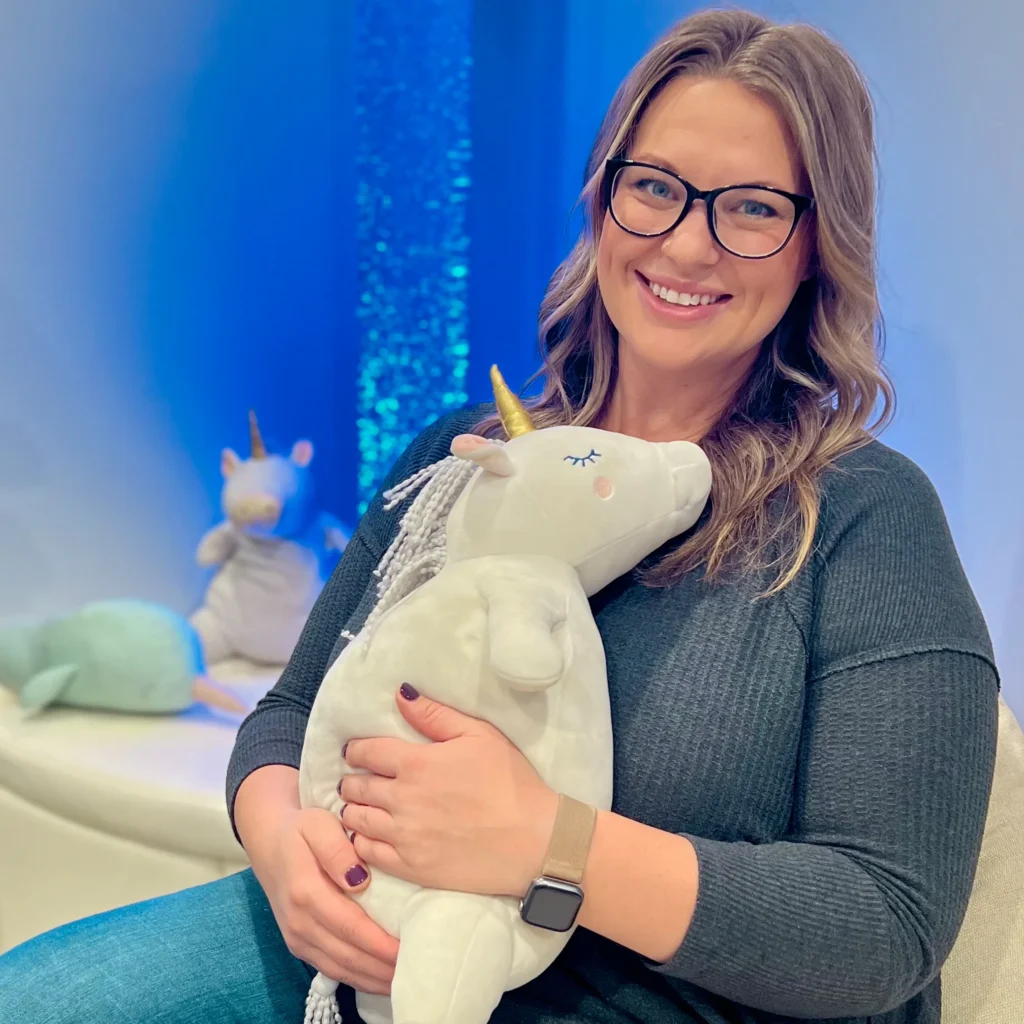
Weighted stuffed animals provide sensory input that supports emotional regulation, relaxation, and focus.
Users apply the plush’s gentle, evenly distributed weight by hugging, holding, or laying it on their body. This deep pressure calms the nervous system, reducing anxiety and sensory overload, and promoting feelings of security.
Occupational therapists often include weighted stuffed animals in sensory diets for children with autism or ADHD. The tactile and weighted input helps them self-regulate in stressful or overstimulating environments.
Adults with anxiety or insomnia use weighted stuffed animals as calming tools to improve mental wellbeing and promote restful sleep. Their portable size makes them convenient for travel or office use.
| Usage Scenario | Benefit | User Group |
|---|---|---|
| Hugging or Holding | Calms nervous system, provides grounding | Children, adults with anxiety |
| Placing on chest or lap | Offers deep pressure for relaxation | Sensory processing disorders |
| Sleep aid | Encourages slower heart rate, better sleep | Insomniacs and restless sleepers |
| Therapeutic tool | Supports sensory integration therapy | Occupational therapy patients |
Regular use in structured routines enhances emotional stability and sensory processing.
5.What safety standards and certifications apply to weighted stuffed animals?
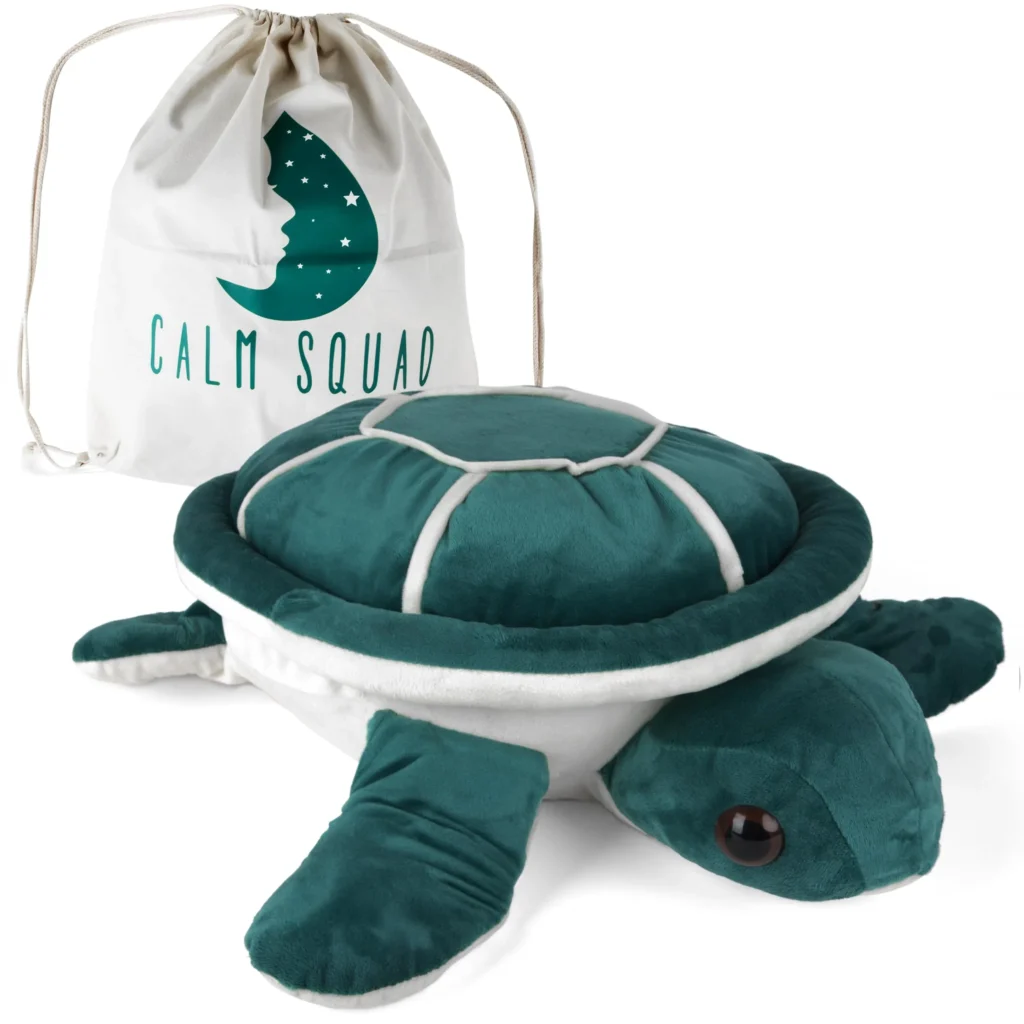
Safety is paramount, especially due to the added weighted elements, which require strict testing and certifications.
Weighted stuffed animals must meet ASTM F963, CPSIA, and CE safety standards, covering mechanical durability, chemical content, flammability, and choking hazards. Secure seams and non-toxic materials are mandatory to ensure safe use, especially by children.
Seams enclosing the weighted beads or pellets undergo rigorous stress testing to prevent leaks, which could pose ingestion hazards. Additionally, the materials must comply with lead and phthalate restrictions, common in children’s toys.
Clear labeling about weight, recommended age, and care instructions is also required to avoid misuse.
| Certification | Region | Focus | Importance |
|---|---|---|---|
| ASTM F963 | USA | Toy safety, physical and chemical | Mandatory for US market |
| CPSIA | USA | Toxic substances and labeling | Protects children from toxins |
| CE Mark | Europe | General toy safety standards | Required for EU sales |
| EN71 (Parts 1-3) | Europe | Mechanical, chemical, flammability | Ensures product reliability |
Compliance with these standards safeguards users and protects brands from recalls or liability.
6.How can customization enhance the effectiveness of weighted stuffed animals?
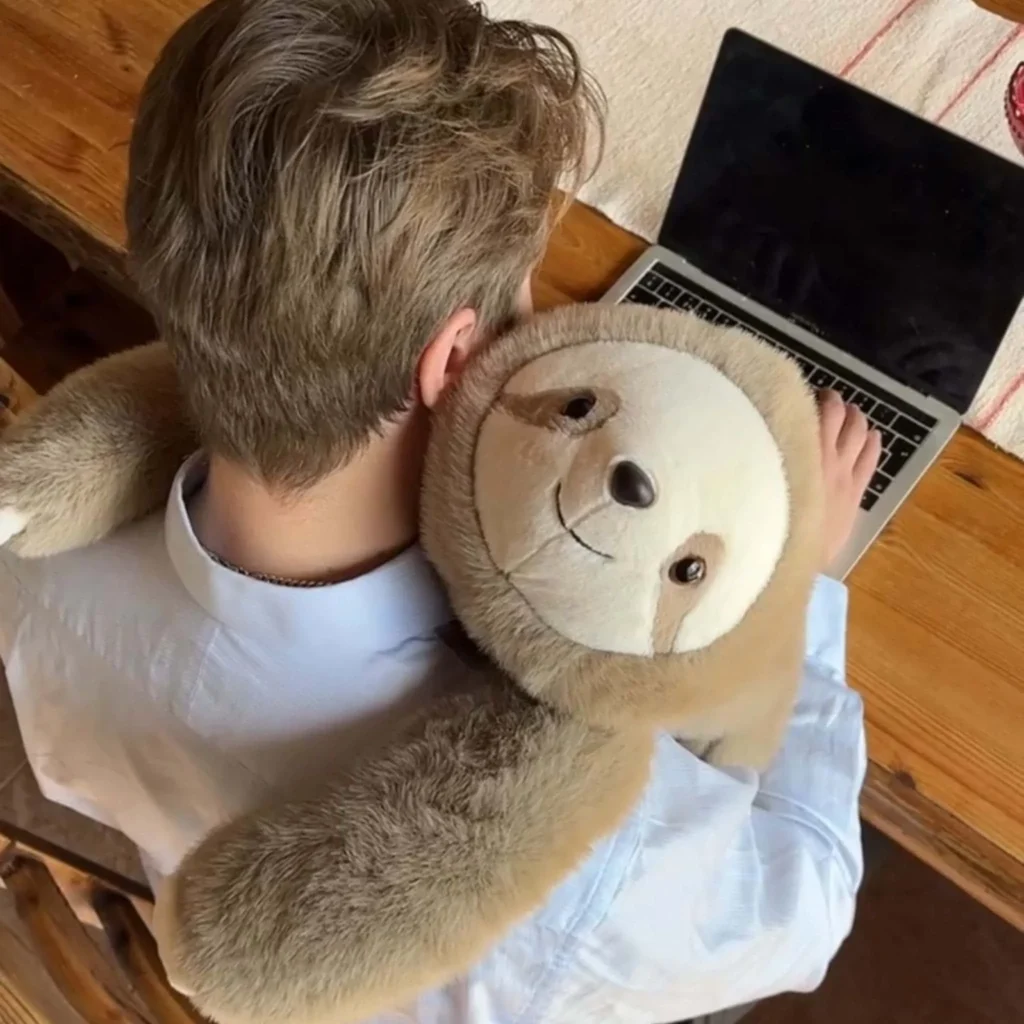
Customization improves therapeutic outcomes and customer satisfaction by tailoring products to individual needs.
Adjustable weight inserts, fabric options for sensory preferences, embroidered personalization, and branded packaging all contribute to a more effective and marketable product. Customized weighted stuffed animals better meet unique sensory or emotional requirements.
Adjustable weights allow users to select the ideal pressure, crucial for comfort and effectiveness. Fabric texture choices accommodate sensory sensitivities, with options ranging from ultra-soft plush to nubby textures.
Personalized embroidery or custom colors add emotional connection, making the plush an even more valued companion.
| Customization Feature | Benefit | Market Appeal |
|---|---|---|
| Adjustable Weighted Inserts | Personalized pressure comfort | Appeals to diverse users |
| Fabric Texture Options | Meets sensory needs | Expands accessibility |
| Embroidery & Personalization | Creates emotional bond | Popular for gifts and therapy |
| Custom Packaging | Professional presentation | Boosts retail attractiveness |
Offering customization helps brands differentiate products and foster stronger customer loyalty.
Conclusion
Weighted stuffed animals provide meaningful therapeutic benefits through thoughtful design, quality materials, and safety compliance. Customization enhances their effectiveness and market appeal.

